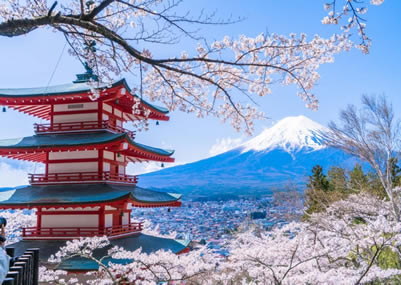Osaka
If Tokyo is Japan's capital, one might call Osaka its anti-capital. Whatever you call it, though, there are many opportunities for you to discover its true character.
Veiled much with a commercial-centric city touch, you may as well start from picking up the lively intonation of Osaka dialect, heard from the people as you ride on the escalators standing on the right, instead of the left in Tokyo; then discovering the contrast of popular food to eastern Japan, as you look for places to lunch. The deeper you get inside, and at the end of your stay, it is not completely impossible that you may have compiled your own original list of reasons covering from history, culture, sports, to business.
Osaka dates back to the Asuka and Nara periods. Under the name Naniwa, it was briefly the capital of Japan 645-655, 661-667 and finally 744-745 AD. Even after the capital was moved elsewhere, Osaka continued to play an important role as a hub for land, sea and river-canal transportation. (See "808 Bridges" infobox.) During the Tokugawa era, while Edo (now Tokyo) served as the austere seat of military power and Kyoto was the home of the Imperial court and its courtiers, Osaka served as "the Nation's Kitchen" (tenka-no-daidokoro), the collection and distribution point for rice, the most important measure of wealth. Hence it was also the city where merchants made and lost fortunes and cheerfully ignored repeated warnings from the shogunate to reduce their conspicuous consumption.
During Meiji era, Osaka's fearless entrepreneurs took the lead in industrial development, making it the equivalent of Manchester in the U.K. A thorough drubbing in World War 2 left little evidence of this glorious past — even the castle is a ferroconcrete reconstruction — but to this day, while unappealing and gruff on the surface, Osaka remains Japan's best place to eat, drink and party, and in legend (if not in practice) Osakans still greet each other with mōkarimakka?, "are you making money?".

